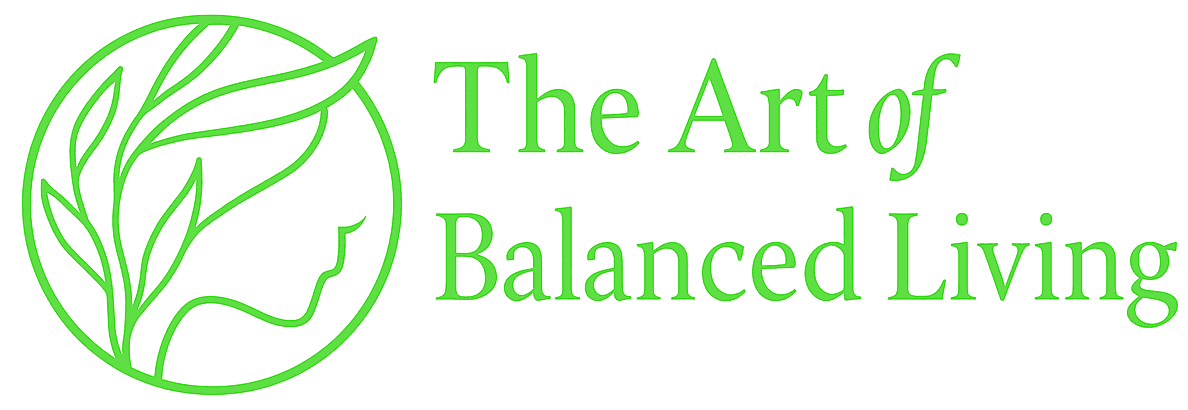Confused About the Best Protein-Rich Chart? Start Here—With Indian Foods

Let’s be real. Most Indians think protein = chicken + eggs. But what’s the real truth? Our Indian kitchen already has some powerful protein options—we just don’t see them that way. That’s where a clear, colorful, best protein-rich food chart for Indian foods can change everything. Whether you’re veg or non-veg, a gym freak, or a mom of a picky eater—protein is for everyone. And trust me, you’re probably not getting enough.
What Is a Best Protein-Rich Food Chart & Why Indians Should Care
A protein chart for Indian foods is not some fancy foreign idea. It simply means:
– Understanding how much protein is in common Indian items like dal, paneer, rajma, etc.
– Helping you plan better meals—with the right mix of carbs, protein, and fat.
– Making smarter swaps (e.g., sprouts instead of namkeen, tofu instead of fried paneer).
Most Indian diets are heavy on carbs (rice, roti, and aloo) and light on protein. This leads to:
– Weak muscles
– Constant tiredness
– Belly fat that won’t go
– Slow metabolism
The Ultimate Best Protein-Rich Food Chart for Indian (Veg & Non-Veg)
| Food Item | Protein (per 100g) | Type |
| Boiled Eggs | 13g | Non-Veg |
| Grilled Chicken Breast | 31g | Non-Veg |
| Salmon / Rohu Fish | 22–25g | Non-Veg |
| Paneer (Cottage Cheese) | 18g | Veg |
| Tofu (Soy Paneer) | 10g | Vegan |
| Cooked Dal (Mixed) | 9g | Veg |
| Roasted Chana / Chickpeas | 19g | Veg |
| Moong Sprouts | 13g | Veg |
| Almonds / Peanuts | 21–25g | Veg (snacks) |
| Curd / Greek Yogurt | 8–10g | Dairy |
| Protein Powder (Whey/Plant) | 20–30g | Supplement |
Real-Life Examples—Indian-Style Meals of Protein-Rich Food
You don’t need quinoa or avocado toast. Your desi plate can be full of protein if done right.
South Indian:
– Idli + Sambhar + 2 boiled eggs
– Ragi dosa with peanut chutney
North Indian:
– Rajma + Brown Rice + Salad
– Paneer bhurji + Multigrain roti
Busy Moms:
– Moong dal chilla + curd
– Sprouts bhel with lemon and chana
Even street snacks like boiled eggs, roasted chana, or lassi can be made protein-smart. you can read our protein series on website www.balancedlifes.com
and more articles related to protein
Complete Guide to Protein: Types, Benefits, Needs & Safety – Sources, Myths, and Daily Needs
– Best Protein Sources for Indian Men
– High-Protein Vegetarian Breakfast Ideas
– 10 Proven Benefits of Plant-Based Protein
– How Much Protein Do You Really Need?
Most Common Protein Mistakes Indians Make
Let’s clear up some myths most of us follow blindly:
Wrong: I am vegetarian so I can’t build muscle
Wrong: Paneer every day = protein
Wrong: Only gym people need protein
Instead, follow this:
– Combine dal and rice or roti and chhole
– Add 1–2 boiled eggs to daily routine
– Don’t fear plant protein or supplements if needed
Use the protein chart for Indian foods as your north star and build meals around it.
FAQ For Best Protein-Rich Food Chart
1. What are the best vegetarian protein sources in India?
Some of the top vegetarian protein foods include moong dal (24g), paneer (18g), tofu (10g), roasted chana (19g), peanuts (25g), and quinoa (14g). These can easily be included in daily Indian meals.
2. Is whey protein safe for daily use?
Yes, whey protein is safe if you choose a clean, certified brand and your digestive system tolerates it well. However, natural sources like dals, paneer, and curd should be prioritized.
3. What’s better — paneer or tofu?
Paneer is rich in calcium and healthy fats, while tofu is vegan, lower in fat, and high in plant-based protein. Both provide around 10–18g protein per 100g, so the choice depends on your dietary preference.
4. Which Indian foods are highest in protein?
Soybeans (36g), grilled chicken breast (31g), roasted chana (19g), fish (22–25g), almonds (21g), and paneer (18g) are some of the richest protein sources commonly used in Indian kitchens.
5. Can I get enough protein without supplements?
Absolutely! A balanced Indian diet with dals, paneer, sprouts, nuts, seeds, eggs, curd, and chicken can provide sufficient protein without the need for supplements.
6. How much protein should an average Indian adult eat daily?
Most adults need around 0.8 to 1.2 grams of protein per kg of body weight. For example, a person weighing 60 kg requires 48–72 grams of protein per day, depending on activity level.
7. What are the best protein-rich Indian snacks?
Healthy and easy-to-make snacks include roasted chana, paneer tikka, boiled eggs, peanut laddoos, moong dal chilla, and sprout salad.
8. Are vegetarian protein sources enough for muscle building?
Yes! Foods like soy, tofu, paneer, quinoa, moong dal, and nuts can support muscle growth if combined with strength training and adequate calories.
Download the PDF of the best protein-rich food chart.
ProteinChart-BalancedLifes.pdf
Final Note About Best Protein-Rich Food Chart
We’re bombarded with advice from influencers and doctors, but most forget one basic truth—health begins in the kitchen.
Use this protein chart for Indian foods as your pocket tool. Start with small swaps.
Build strength using your Indian thali.
Disclaimer
This content, Best Protein-Rich Food Chart, is for informational and educational purposes only. It is not a substitute for professional medical advice, diagnosis, or treatment. Always consult your doctor or a certified nutritionist before making any significant dietary changes, especially if you have underlying health conditions or specific protein requirements.
